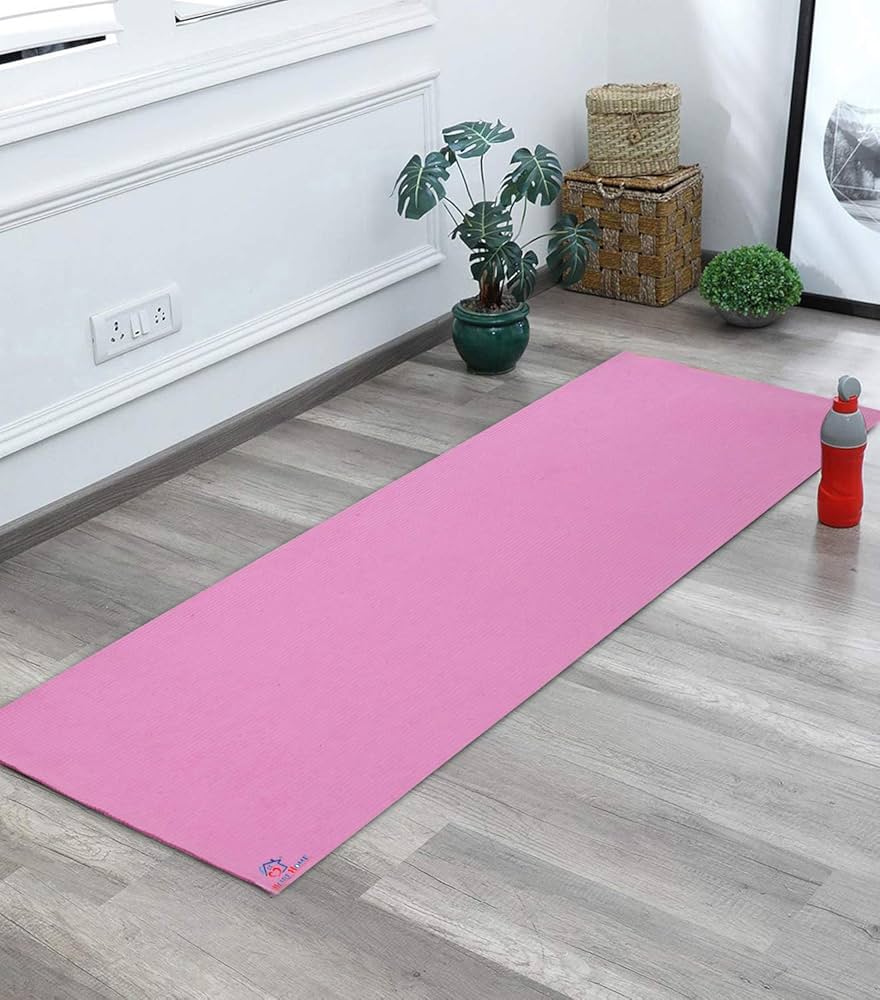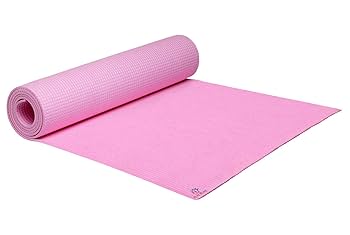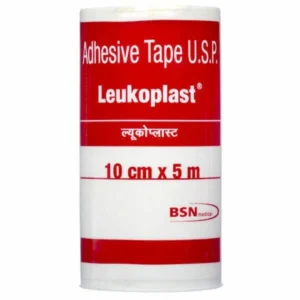DESCRIPTION
A yoga mat is a specially designed, padded, and non-slip surface used to provide cushioning, stability, and grip during the practice of yoga asanas (postures).
Here is a more detailed description focusing on key characteristics:
Purpose:
- Prevent Slipping: The primary function is to prevent hands and feet from slipping, especially during dynamic or prolonged poses, which enhances safety and stability.
- Cushioning: It provides a comfortable layer of padding between the practitioner and the floor, protecting joints (like knees, wrists, and elbows) from hard surfaces.
- Boundaries: It defines a clean, personal space for practice.
Standard Characteristics (which can vary):
- Size: A standard mat is typically around 68 to 72 inches (173–183 cm) long and 24 inches (61 cm) wide, though longer and wider options are available.
- Thickness: Thickness often ranges from 3mm to 6mm (approx. 1/8 to 1/4 inch).
- Thinner mats (1-3mm) are typically used for travel or for practitioners who prefer a stronger connection to the floor for better balance.
- Thicker mats (6mm+) offer maximum cushioning, ideal for restorative yoga or those with sensitive joints.
- Grip/Texture: Mats feature a textured or “sticky” surface to ensure a firm grip for the hands and feet, and often have a stable underside to prevent the mat from sliding on the floor.
Materials:
Yoga mats are made from various materials, each offering different trade-offs in terms of grip, comfort, durability, and environmental impact:
- PVC (Polyvinyl Chloride): Often called the “sticky mat,” it’s durable, affordable, and provides good grip, but is a synthetic material.
- Natural Rubber: A popular eco-friendly option that provides excellent grip and cushioning, but is typically heavier and can have a stronger smell initially. (Not suitable for those with latex allergies).
- TPE (Thermoplastic Elastomer): A synthetic, often considered a more eco-friendly and lightweight alternative to PVC; it offers a balance of grip and cushioning.
- Cork/Jute/Cotton: Natural and biodegradable options. Cork is naturally antimicrobial and can get grippier when wet, while cotton offers a more traditional, rug-like feel.














Reviews
There are no reviews yet.